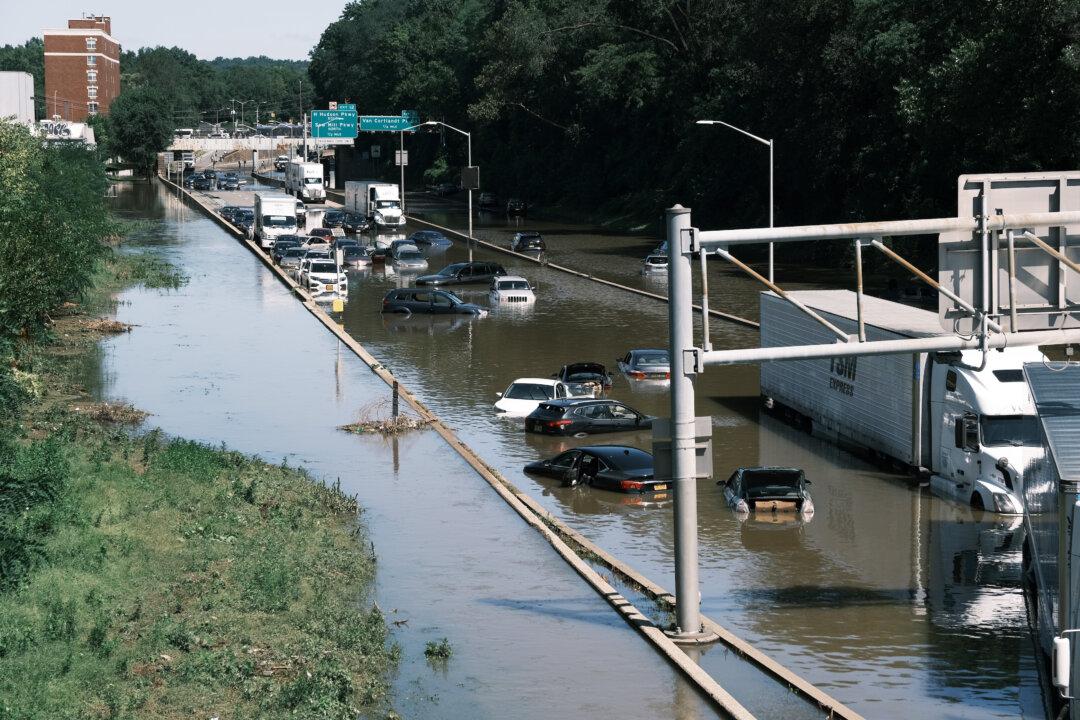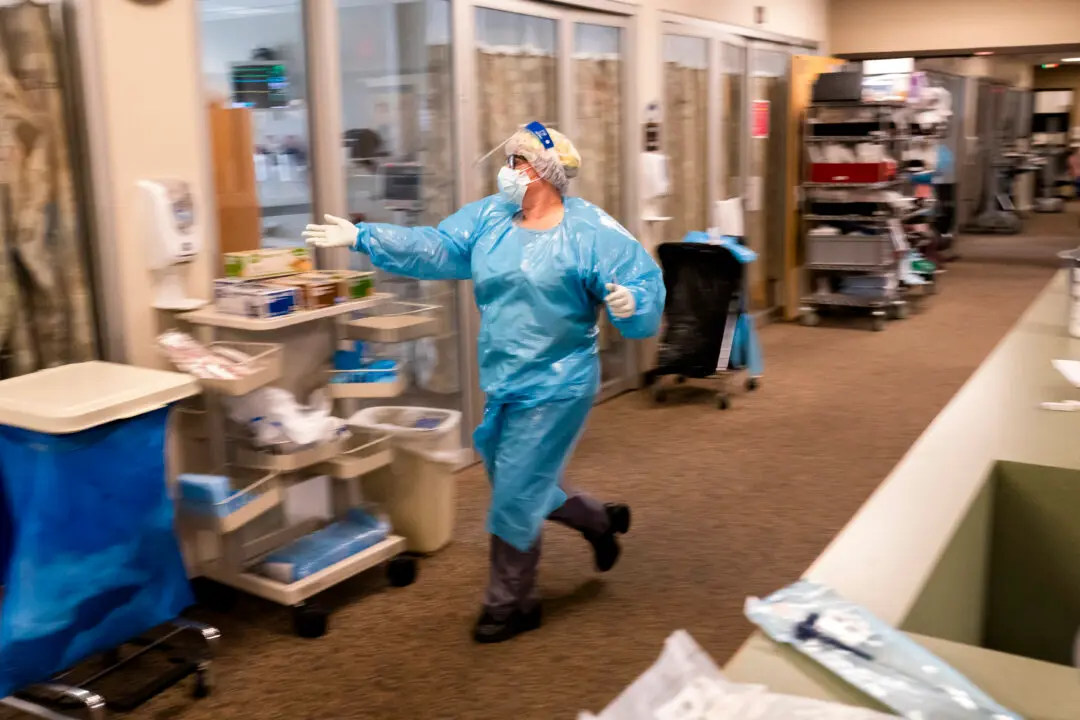Torrential rain spawned significant flooding across northern New Jersey, New York, Philadelphia, and other areas on Sept. 1, as the remnants of Hurricane Ida passed over the region.
New York City Mayor Bill de Blasio declared an emergency for the city, while officials said on Sept. 2 that at least 22 people had died in New York and New Jersey due to the severe weather, according to The Associated Press.





